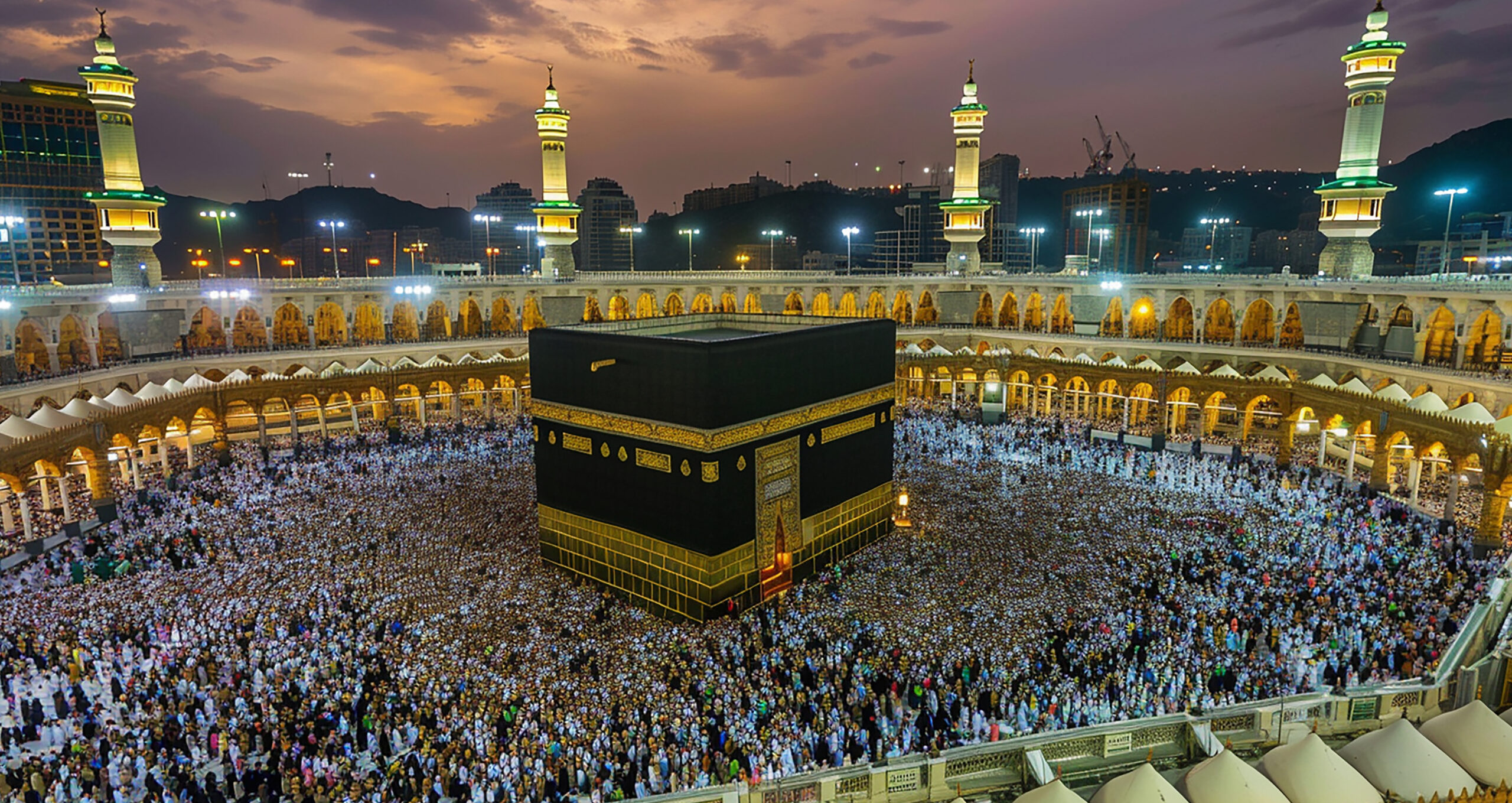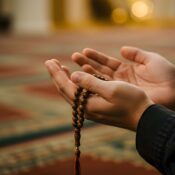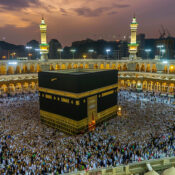
Umrah Rules: Male vs Female Pilgrims
A Complete Guide by Meezab Group
Understanding Umrah
Umrah is a deeply spiritual pilgrimage that allows Muslims to strengthen their faith, seek forgiveness, and draw closer to Allah (SWT). Though it is not obligatory like Hajj, performing Umrah carries immense reward and blessings.
At Meezab Group, we understand that preparing for this sacred journey requires clarity, especially regarding the distinctions between male and female pilgrims. While the core rituals of Umrah remain the same, certain rules and etiquettes differ to ensure comfort, modesty, and adherence to Islamic guidance.
This guide highlights the key differences between men’s and women’s Umrah so every pilgrim can prepare with confidence and peace of mind.
5 Key Differences Between Men’s and Women’s Umrah
- Clothing (Ihram Attire)
- Men: Wear two white unstitched sheets — one wrapped around the waist and the other draped over the shoulders — representing simplicity, unity, and equality before Allah.
- Women: Wear modest clothing that covers the entire body except the face and hands. There is no specific color requirement, but the attire should not be decorative or tight-fitting.
- Talbiyah (Declaration of Intention)
- Men: Recite the Talbiyah loudly and confidently:
“Labbayk Allahumma Labbayk…” - Women: Recite the same Talbiyah softly to maintain modesty and avoid disturbing others.
- Men: Recite the Talbiyah loudly and confidently:
- Walking During Tawaf
- Men: Perform Raml — brisk walking — during the first three circuits around the Kaaba.
- Women: Walk naturally and comfortably throughout all seven rounds.
- Idhtiba (Exposing the Shoulder)
- Men: Keep their right shoulder uncovered during Tawaf by adjusting the upper Ihram cloth.
- Women: Remain fully covered; Idhtiba does not apply to them.
- Hair After Umrah
- Men: Either shave their heads (Halq) or trim all hair evenly (Taqsir).
- Women: Cut a fingertip’s length of hair from the end of each braid or section, symbolizing renewal and humility.
Preparing for Umrah: How Men and Women Differ
Ihram Preparation
Before entering Ihram, men typically trim nails, remove unwanted hair, and apply perfume (before donning Ihram). Women do the same except for using perfume directly on the body or clothes.
At Meezab Group, we recommend pilgrims pack lightweight, breathable clothing and follow hygiene guidelines to maintain comfort throughout the journey.
Spiritual Readiness
Both men and women must make their Niyyah (intention) sincerely and purify their hearts from worldly distractions. Women should be mindful of their menstrual cycle when planning their trip, as performing Umrah requires being in a state of purity.
Performing Umrah: Step-by-Step with Gender Differences
Once in Ihram, both men and women complete the following main rituals: Tawaf, Sa’i, and Halq/Taqsir.
However, some practices differ slightly between genders:
1. Tawaf (Circling the Kaaba)
Men perform Raml (brisk walking) in the first three rounds, maintaining Idhtiba (exposed right shoulder). Women walk calmly and naturally, ensuring modesty throughout.
2. Sa’i (Between Safa and Marwah)
Both men and women perform seven circuits between Safa and Marwah.
- Men: Run lightly between the two green markers, emulating Prophet Ibrahim (AS) and Hajar (RA).
- Women: Walk steadily throughout, as running is not required.
3. Shaving or Trimming Hair
After completing Umrah, men either shave or trim their hair, while women trim a small portion from the ends of their hair. This act symbolizes humility, renewal, and obedience to Allah.
Meezab Group’s Guidance for Pilgrims
At Meezab Group, we take pride in offering comprehensive Umrah packages that cater to both individual and group travelers. Our experienced team provides guidance on every step of the pilgrimage — from Ihram preparation and visa assistance to hotel arrangements and transport in Makkah and Madinah.
We ensure that both male and female pilgrims receive personalized support, making their Umrah journey peaceful, comfortable, and spiritually enriching.
Conclusion
While the rituals of Umrah are shared between men and women, the differences in dress, recitation, movement, and hair practices reflect Islam’s thoughtful balance between modesty and equality. These distinctions ensure every pilgrim can perform Umrah with dignity, devotion, and ease.
At Meezab Group, our mission is to help every pilgrim perform Umrah correctly, comfortably, and with full spiritual awareness. By understanding these differences and preparing accordingly, you can embark on your sacred journey with confidence and focus solely on your connection with Allah (SWT).







